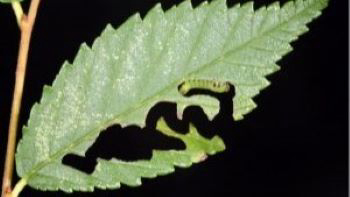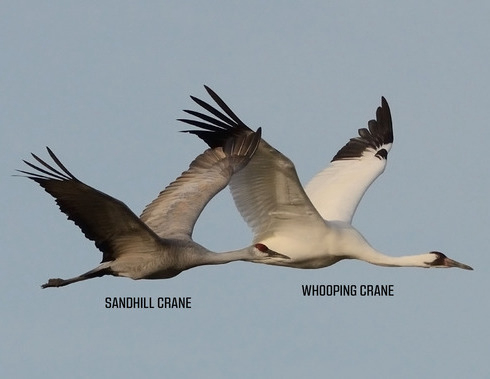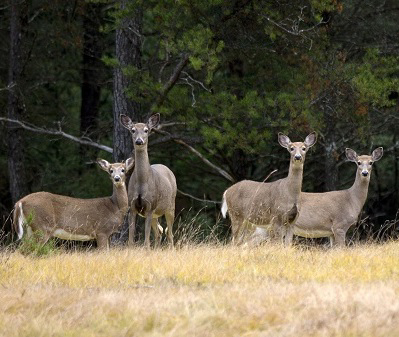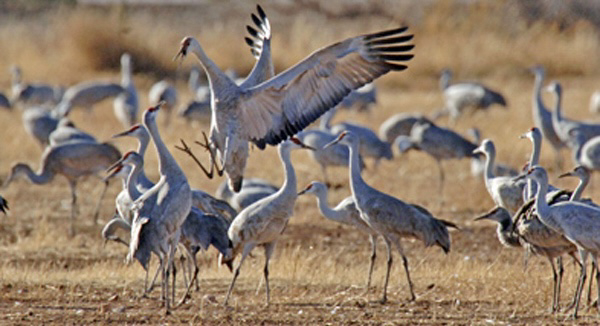AZ Game and Fish Relocates Female Bear and Two Cubs from Crown King Area
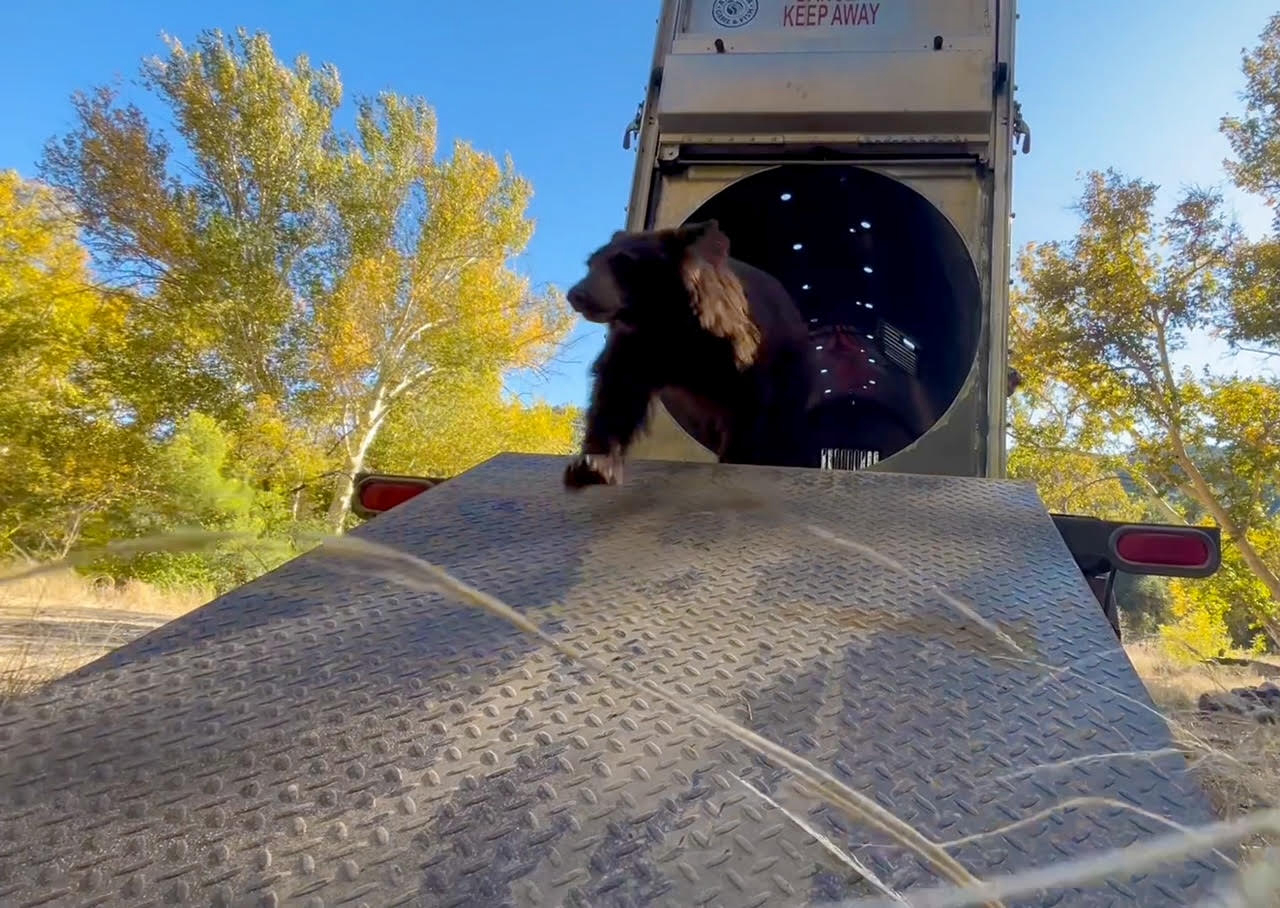
The sow and one of the cubs were released Monday at an approved release site in a remote area. The other cub was discovered to have a previous infection in one of its legs when it was captured, and it was taken to a wildlife rehabilitation center, where it was evaluated by a veterinarian and treated with antibiotics.
The Game and Fish officers were patrolling through Crown King Sunday afternoon when an area resident flagged them down. The resident said the bears were currently in his garage getting into garbage. The bears had reportedly been seen at other times over the past couple of months, and although they had not acted aggressively toward people, they seemed to be increasingly comfortable frequenting areas of human development.
The wildlife officers quickly evaluated the situation, then darted the sow and both cubs with a sedative. With the assistance of Crown King Fire Department personnel, the officers were able to capture the sow and one cub and safely remove them to a more suitable area away from people. However, the other cub quickly climbed a power pole, became entangled in phone lines near electrical equipment, and fell asleep. Read more


